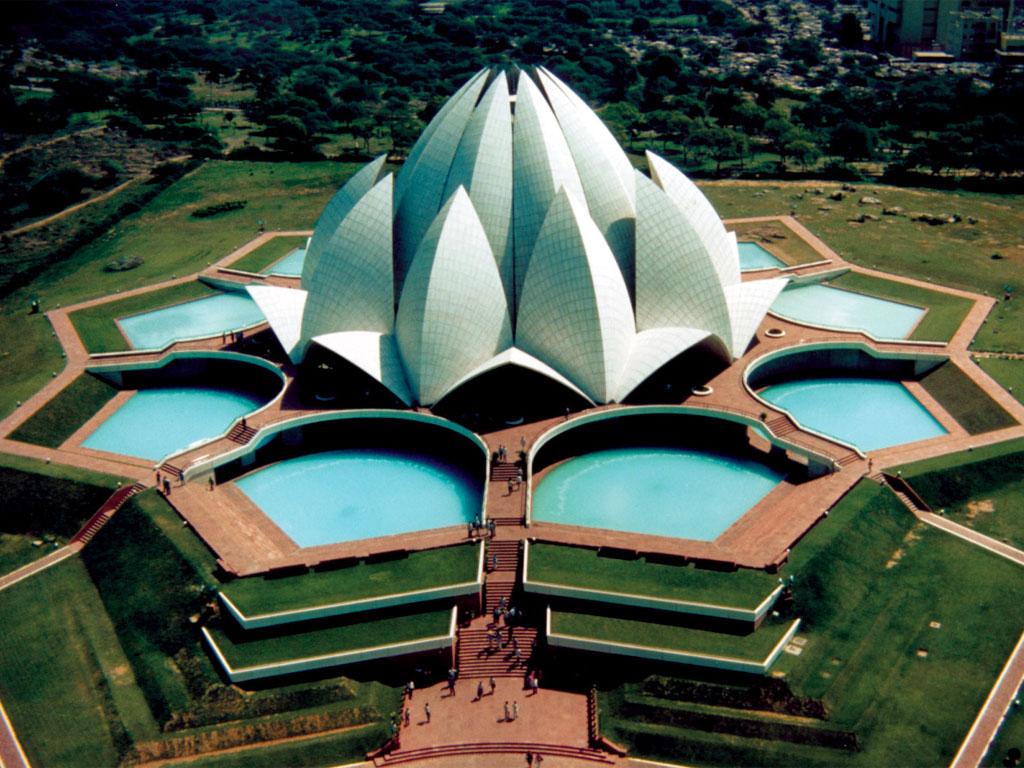Religious Architecture
Few expressions of religion are as public and inescapable as buildings.
 Few expressions of religion are as public and inescapable as buildings. It is difficult to hide temples, churches, chapels, mosques, and shrines from public view. Millions of people in all cultures enter and use them, and billions recognize them in skylines or down the block. So Sightings assesses and comments on them as part of its mission to focus on the social and cultural phenomena connected with “the sacred.”
Few expressions of religion are as public and inescapable as buildings. It is difficult to hide temples, churches, chapels, mosques, and shrines from public view. Millions of people in all cultures enter and use them, and billions recognize them in skylines or down the block. So Sightings assesses and comments on them as part of its mission to focus on the social and cultural phenomena connected with “the sacred.”
I was semi-professionally involved with religious buildings fifty-years ago, and then often connected with the “Church Architecture Guild,” now the “Interfaith Forum on Religious Art and Architecture.” When I say “connected,” I mean part-time moonlighting as a semi-pro writer, critic, judge, liturgical designer, consultant, and honoree—a fact which probably accounts for my good fortune to receive the Forum’s beautiful, beautiful journalFaith and Form. Annually, at award time, I get to revel in the pictorial displays of winning designs.
What’s new? Editor Michael J. Crosbie, writing about the 2013 Religious Art and Architecture awards, points to trends. A half-century ago Christian and Jewish congregational buildings dominated. Most of their features were related to the “mid-century ‘religious revival’,” “population movements to the suburbs,” “denominational prosperity,” “large families of children,” “church-going habits,” “church extension projects” and other phenomena whose very names would be unfamiliar to all but seniors today. A key element dating back to this era, the continuing building of mega-churches, is an achievement which few contemporary award-juries would respect.
Paging through Faith & Form (Issue 4, 2013), one finds—to mention a few—a starkly bare and attractive Catholic Church in Pamplona, Spain, an Eastern Orthodox Church in Arkansas, an “Oneiric Hut” (look it up!) on an island in Canada, a lakeside cemetery in Japan, a shrine in an “Air Pocket in the City” in Japan, a Catholic mission in San Antonio, gardens for a Bahà’i house of worship in Illinois, and a meditation house in Lebanon.
In the United States, energies went into restorations (examples: an “ordinary” Catholic Church in New York and a Lutheran sanctuary in Minnesota) or additions (example: a “New Englandish” Korean church in Massachusetts). Almost none of the congregations which restored or added would have appeared in the “Churches and Synagogues” section in the telephone book’s “Yellow Pages,” back when the public still used or noticed or even knew of “The Yellow Pages.”
What to make of all this? Internationalism, inter-religion gone wild? Juries seeking novelty at the expense of the reliable and familiar? A sign that Main Street or Mainstream or Mainline “Judeo-Christian” congregations have all the buildings they need or have too few worth restoring? (The jury noticed the creativity that went into redesigned spaces). Funding problems in ordinary churches and synagogues?
While pondering such questions I rather enjoyed carefully studying the pictures of the best of the best. Some of them are startling in their departure from the forms many people took for granted in post-war America. Many of them demonstrate that other-than-parish buildings are often the creative centers: campus chapels, Jesuit community residences, etc. are the successors to conventional edifices.
Decades ago, the editors of Saturday issues of metro newspapers and suburban weeklies alike could fill their pages with pictures of new worship buildings, some of which are, today, falling into disuse or new uses; Faith and Forum recently depicted a chapel that has been transformed into a “Dunkin’ Donuts” outlet. The holy assumes many forms.
References:
“2013 International Awards Program for Religious Art & Architecture.” Faith & Form: The Interfaith Journal on Religion, Art, and Architecture. Accessed January 4, 2014.
Photo Credit: 25.media / tumblr
|
Author, Martin E. Marty, is the Fairfax M. Cone Distinguished Service Professor Emeritus of the History of Modern Christianity at the University of Chicago Divinity School.
|

